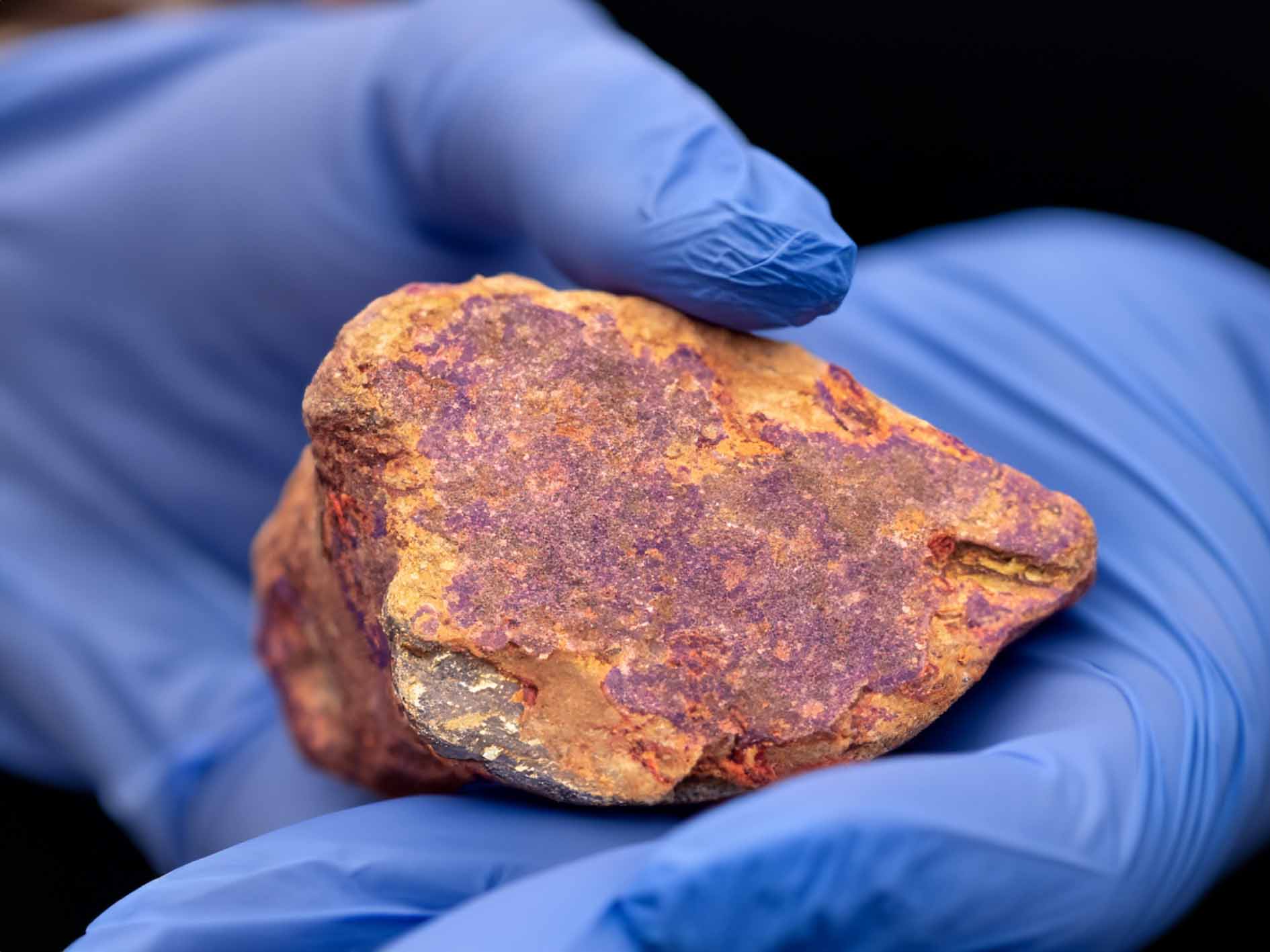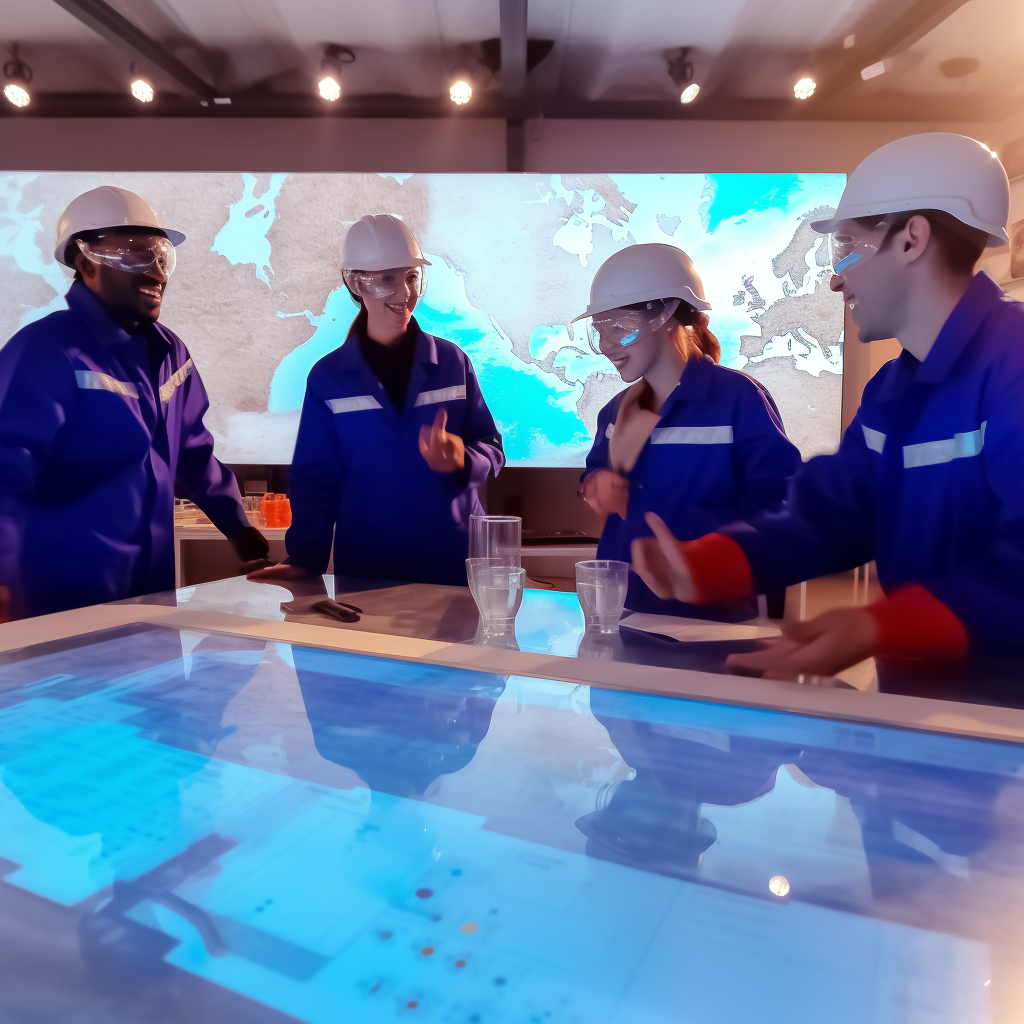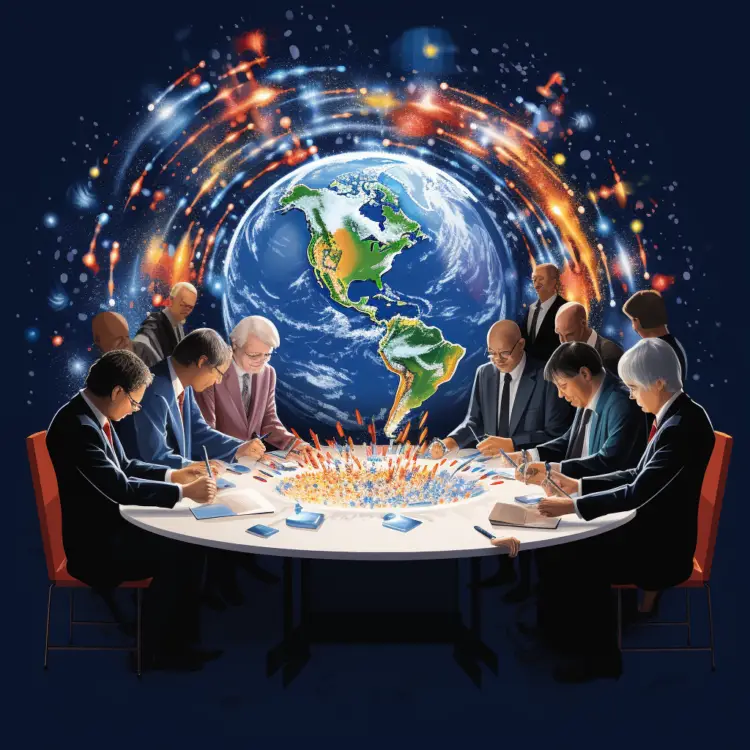Inspiring unbounded enthusiasm and lighting the imaginations of scientists, policymakers, and visionaries across the European Union (EU), the recent groundbreaking discovery of a massive phosphate deposit in Norway has opened the door to a world of endless possibilities. With this massive find, Norway will be at the forefront of the global phosphate market, and Europe will enter a new era of resource revolution. Phosphate has long been imported into Europe, making the continent highly reliant on foreign suppliers for the fundamental building block necessary for robust plant development and a wide variety of industrial applications. The European Union has been heavily reliant on imports; nevertheless, the discovery of this exceptional phosphate deposit in Norway has put it on a path toward self-sufficiency, which will strengthen the EU’s economy and alter the global resource picture.
The critical raw materials initiative of the European Commission strongly chimes with the relevance of this find. This program aims to strengthen the EU’s important raw material supply chains, such as the one for phosphate, in order to position Europe at the forefront of responsible resource management in the future. Norway’s persistent dedication to environmentally sustainable extraction processes establishes a standard, paving the way for a sea change in the refinement and application of phosphorus. The European Union will be able to move on with a phosphate supply chain in harmony with its green ambitions. Hence, it will significantly progress in the worldwide battle against climate change. This will also solidify Norway’s reputation as a leader in sustainable solutions. Suppose the European Union takes advantage of this rare chance. In that case, it will pave the way for a prosperous and resource-rich future in which Europe will play a starring role, using its abundant phosphate reserves and serving as an example of sustainable resource management to the rest of the world.

Norway’s vast wealth and Europe’s resource revolution in the strange realm of phosphate
Norway’s recent discovery of a massive phosphate deposit has opened up a world of opportunities and sparked eager anticipation across the European Union (EU). This incredible discovery might start a resource revolution in Europe and establish Norway as a global leader in the phosphate industry. Phosphate is a crucial plant nutrient, but until recently, Europe has relied mainly on imports to meet its needs. Norway’s newly discovered phosphate deposit offers the European Union a once-in-a-lifetime chance to become less dependent on external phosphate sources and create a more robust and reliable phosphate supply chain. This competitive edge can potentially turn the EU into a significant phosphate exporter, allowing the region to meet domestic demand and shape trends in international markets.
The Critical Raw Materials Initiative of the European Commission is in perfect harmony with the Norwegian discovery. The initiative aims to make Europe more secure and self-sufficient in accessing essential raw minerals like phosphate. Europe can secure its resource demands, strengthen its economic resilience, and take the lead in sustainable resource management if it begins to utilize its own phosphate reserves. Norway is unique among countries that refine phosphorus because of its dedication to responsible and environmentally sustainable resource extraction. The European Union can now develop a phosphate supply chain that aligns with its sustainability goals and contributes to the worldwide fight against climate change, further bolstering Norway’s reputation as a sustainable nation.

Key findings based on data
- Based on the earlier estimate of 71 billion tons for the worldwide reserve, the U.S. Geological Survey has concluded that Norway’s phosphate deposit is at least 70 billion tons.
- Approximately 50 billion tons of phosphate rock are stored in the Western Sahara region of Morocco. China is projected to have 3.2 billion tons, followed by Egypt with 2.8 billion tons, and Algeria with 2.2 billion tons of reserves.
- According to the Critical Raw Materials Initiative of the European Union, phosphate rock is an essential ingredient in phosphorus manufacturing for the fertilizer industry.
- The world’s demand for fertilizers, solar panels, and electric vehicle batteries can be met for the next century and a half because of the extent of the world’s phosphate stockpile. Phosphorus is also anticipated to be utilized in manufacturing electric vehicle batteries and solar panels, both of which are essential technologies in the ongoing transition to a greener and more digital economy.
- Norway may stand out from nations like China, Vietnam, and Kazakhstan, which have several phosphorus refining enterprises, because of its ability to harvest and process resources under environmental requirements. Therefore, Norway may be better positioned to take a greener approach to production and improve its environmental footprint.
- The discovery in Norway is in line with a proposal by the European Commission for the Critical Raw Materials Initiative, which seeks to increase the EU’s autonomy in acquiring and protecting its phosphate supply.

Possible impacts of this discovery on the future
10 years later
The mining of Norway’s phosphate deposit is predicted to drastically reduce the European Union’s phosphate imports during the next decade. This can guarantee resource security and boost agricultural competitiveness in Europe. In addition, it may help local businesses flourish, which in turn can provide job possibilities.
20 years later
Within the next twenty years, the large phosphate deposit in Norway will begin to meet a significant amount of the phosphate demand in the European Union. This will allow the agricultural, energy, and industrial sectors to function sustainably and effectively while drastically reducing the region’s reliance on outside sources. Norway’s economy will benefit greatly from the sale of the phosphate deposit.
50 years later
Due to the abundant supply from Norway’s deposit, the European Union will become a major player in the global phosphate market by the half-century mark. This will strengthen the EU economically and strategically, assuring regional stability and independence.

Norway’s phosphate discovery: A sign of europe’s future economic and environmental transformation
The recent phosphate find in Norway could mark a watershed point in European history, altering the continent’s economic and environmental landscape. The extensive deposits, which go down more than 4,500 meters, provide a wealth of raw resources for the centuries to come. Phosphate is essential for sustainable farming methods, but the deposits also contain vanadium and titanium, used in fields as diverse as aerospace and defense.
This finding provides a once-in-a-lifetime chance for Europe to become phosphate-independent, supporting economic stability and solidifying the continent’s status as a pioneer in responsible resource management. In addition, using domestic reserves helps Europe reduce its environmental effect and is consistent with its lofty climate objectives. However, maximizing the use of these resources calls for concerted effort, cutting-edge technology, ethical mining procedures, and a commitment to long-term sustainability.
Norway’s phosphate reserves are a shining example of the responsible economic growth, environmental protection, and self-sufficiency Europe may expect as it embarks on this transformative journey. They are a constant reminder of the limitless opportunities that lie inside our boundaries and of our control over our own destinies. This find is more than simply impressive geology; it also exemplifies Europe’s dedication to building a more sustainable and prosperous future.
Disclaimer: The images included in this article are fictional and for illustrative purposes only. These images are computer-generated virtual visuals and do not reflect real-world events or individuals. The use of these images in the article is intended to enhance the storytelling and provide readers with a visual experience. These visuals have been designed to support the narrative of the article and help readers better understand the subject matter. Please note that these images are not based on reality and are purely imaginative. The content and information of the article are based on the sources mentioned in the text.
Image Credits: All images generated via Midjourney by M.E.
TAGS: #PhosphateDiscovery #ResourceRevolution #SustainableMining #EuropeanUnion #GreenAmbitions #PhosphateSupplyChain
Source: Euractiv





